基于多分类器融合的SAR图像船舶识别
陈文婷,刘南通,计科峰,邢相薇
(1.75711部队,广州 510515;2.国防科学技术大学,长沙 410073)
1 Introduction
Maritime surveillance is an important task for coastal countries,and plays an important role in many domains,such as illegal migration monitoring,ocean rescue,et al.As synthetic aperture radar (SAR) is independent of weather and illumination conditions,ship recognition in SAR images becomes a key technology of Maritime surveillance along with the development of SAR imaging and SAR image interpretation technology.
In the literatures,a lot of algorithms have been utilized to ship recognition in SAR images.For example,Robert Klepko[1]classifies ships in SAR images with the aid of a coarse feature classifier;Andrew Tuttle[2]use fuzzy classifier to classify ships;Hossam Osman[3]classifies ships by utilizing backpropagation neural networks;Wang Juan[4]classifies ships using the active appearance model;Liu Xiankang[5]use modified nearest neighbor fuzzy classifier to classify ships.However,these algorithms mostly focus on the research of single classifier and they cannot achieve perfect performance.Generally speaking,the misclassified samples are different from each other[6],which means that there exist complementary information among various classifiers.It is intuitive to achieve much better performance by the combination of multiple classifiers and some classifier combination algorithms[7-9]have been proposed.In this paper,a novel ship recognition algorithm in SAR images based on multiple classifiers combination is proposed.
The rest of the paper is organized as follows.Section Ⅱ provides a brief review of the individual classifier.Section Ⅲ proposes to classify the ships based on the multiple classifiers combination method.Experiments results with high resolution TerraSAR data are illustrated in Section Ⅳ.The conclusions of the paper are presented in Section Ⅴ.
2 Individual classifiers
The combination of multiple classifiers includes the selection of individual classifier and the design of combination rules.Taking the feasibility,accuracy and difference into account,K-nearest neighbor classifier,Bayes classifier and backpropagation neural network classifier are employed as three representative classifiers in this paper.
Output information by various classifiers can be divided into three levels:the abstract level (a unique label),the rank level (a queue of all the labels with the label at the top being the first choice) and the measurement level (a measurement value of each label to address the degree that sample has the label).Among the three levels,the amount of information is incremental;the measurement level contains the highest amount of information and is best for multiple classifiers combination.
This paper concentrates on the combination of individual classifiers.Therefore,all the individual classifiers are described according to a discriminant function that to be maximized.The combination approach then uses these discriminants.
2.1 K-nearest neighbour (KNN) classifier

(1)
Wherexis the unknown feature vector to be classified,Niis the number of nearest training sample for classi,cis the number of classes andN1+N2…+NC=K,di,jis the distance between the unknown vector and thejth nearest training sample in classi.
2.2 Bayes classifier[9]
Classification of a sample can be implemented by applying an unknown sample to a family of discriminant functions (there is one for each class).The function whose output is largest has its class assigned to the unknown sample.An intuitive choice for this discriminant function is theP(ωi|x) or the probability of classigiven unknown samplex.This can be expanded with the Bayes rule as shown in (2).

(2)
As the denominator of the expression of (3) is common to all functions,the denominator will be neglected.If feature vectors are described by Gaussian densities,each of the prior probabilities are equal,the common term involving 2π is neglected,and the discriminant can be simplified to (3).The superscript (2) denotes that the discriminant is from the Bayes classifier.

(3)
Wherexis the unknown feature vector to be classified,cis the number of classes,μiis the mean feature vector,and ∑iis the covariance matrix of theith class.
2.3 Backpropagation (BP) neural network classifier[9]
A backpropagation feed-forward neural network with three lays is the third classifier used in this work.7 input nodes (6 features and a bias node) and 6 hidden nodes (5 and 1 bias node) with 3 output nodes (one for each class) are used in the network.
B水库的单方供水成本从0.17元到0.20元变化,相差值为3分,最高值是最低值的1.2倍,在此基础上确定水价并收取水费,直接影响供水成本弥补额2 619万元,占年成本费用的15%。
A hyperbolic tangent functions is used as transfer function from the hidden to output nodes.The momentum term of the backpropagation and learning rate is set to 0.9 and 0.01,respectively.In the training templates,the node corresponding to the correct class is +1,and others are -1.The feed-forward output of the network is shown in (4).

(4)
Wherexjis thejth element of thed-dimensional feature vectorxto be classified,cis the number of output nodes in the network,ziis the value of theith output node,NHis the number of hidden nodes in the network,wkjis the input to hidden node weights,wk0is the input bias node weight,wikis the hidden to output node weights,andwi0is the hidden bias weight.
The output of the network is converted into a distance by subtracting it from the template vector represented by each class.The discriminant for the network is described in (5).The superscript (3) implies that the discriminant pertains to the BP neural network classifier.
(5)
Wherecis the number of classes,zis the vector of BP neural network outputs,tiisith template vector.
3 Multiple classifiers combination
In the literatures,there exist two kinds of combination rules:linear and nonlinear.Linear rule is simple and easy to implement,nonlinear rule has better performance in utilizing difference of classifiers.In this study,three linear combination schemes are considered:mean rule,median rule and maximum rule.Besides,we proposed a nonlinear approach that utilizing support vector machine (SVM) method along with the results of the aforementioned three individual classifiers.
Equation (6),(7) and (8) show the mean,median and maximum rule equations.They select the class that has the largest value after the mean,median and maximum operation (across classifiers) respectively.They assign the test sample to the class with max(gi),i=1,2,…,cwith
(6)
(7)
(8)

Fig.1 illustrates the flow chart of nonlinear combination classifier based on SVM.The algorithm computes the discriminants of KNN,Bayes and BP neural network classifiers firstly,and then combines their results with ship features as the input of SVM classifier;the SVM classifier fuses the individual results and outputs the final recognition results.
The output of individual classifiers may be different form and their scales are different.For prohibiting these differences from biasing the combination approaches,the dynamic ranges of the discriminants of multiple classifiers must be normalized to be in the same range.To normalize these discriminants for combination,we first divide each discriminant vector by thel2norm.Because the discriminants for KNN,Bayes and BP neural network classifiers are defined as the same manner that larger discriminant output corresponds to more belief in its corresponding class label,lager output corresponds to more belief in a class label.
The mean,median and maximum rules are not trainable,while the SVM combiner is trainable and uses a special training setup.Firstly,we divide the training data into two groups,half of the training data are put into group 1 and the other half in group 2 randomly.Secondly,group 1 is used to train three individual classifiers and group 2 is then used to test them.Thirdly,the outputs of the classifiers to the group 2 together with group 1 are used to train the SVM combiner.The SVM combiner uses a radial basis kernel function (RBF)[10].
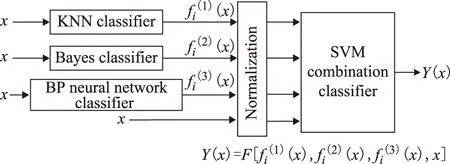
Fig.1 Flow chart of non-linear combination classifier based on SVM
4 Experimental results
The experimental data used in this work is acquired in the area of Hongkong,from the TerraSAR-X with VV polari zation,2.0 meters azimuth resolution and 1.5 meters range resolution.250 ship chips including 50 container ships,50 oil tankers and 150 bulk carriers are used in the experiment.Fig.2 gives some examples of ship chips in real TerraSAR-X images.
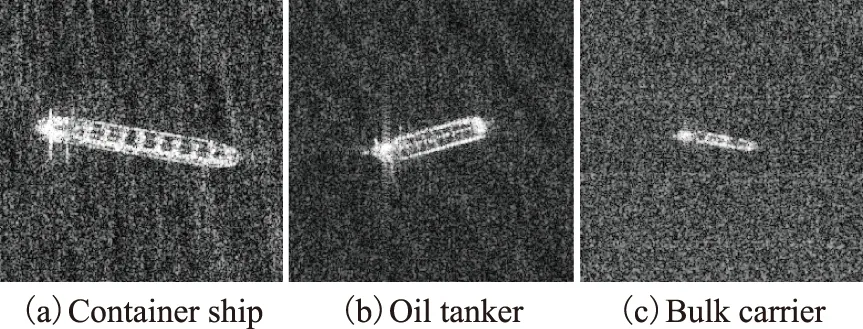
Fig.2 Examples of ship chips in real TerraSAR-X images
To characterize and classify ships,five features that reflect the physical structure of the ships are extracted.
①True length (L)[11].This feature reflects the scale of ships.
②True width (W)[11].

④Center of mass (M)[11].It is defined as the ratio ofl1moment andl0moment.
⑤Deviation coefficient (D)[12].This feature is a reflection of gray undulation range of target region.It is defined as the ratio of deviation and average.
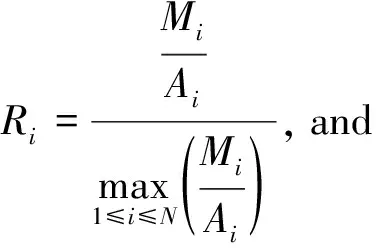
4.1 Recognition precision of individual classifiers and their difference
Classifier combination could improve the recognition performance in a certain extent.Before combination,we must take the recognition precision of individual classifiers into consideration intuitively.Tab.1 shows the recognition results of individual classifiers.The percentage of correct classification (PCC) of Bayes classifier for oil tanker is the lowest,only 28% of ships are classified correctly,but thePCCof Bayes classifier for the total achieved 84.8%.ThePCCof KNN and BP neural network classifier for the total are 91.2% and 88.8% respectively.Therefore,the three classifiers present enough recognition precision to warrant a classifier combination approach.
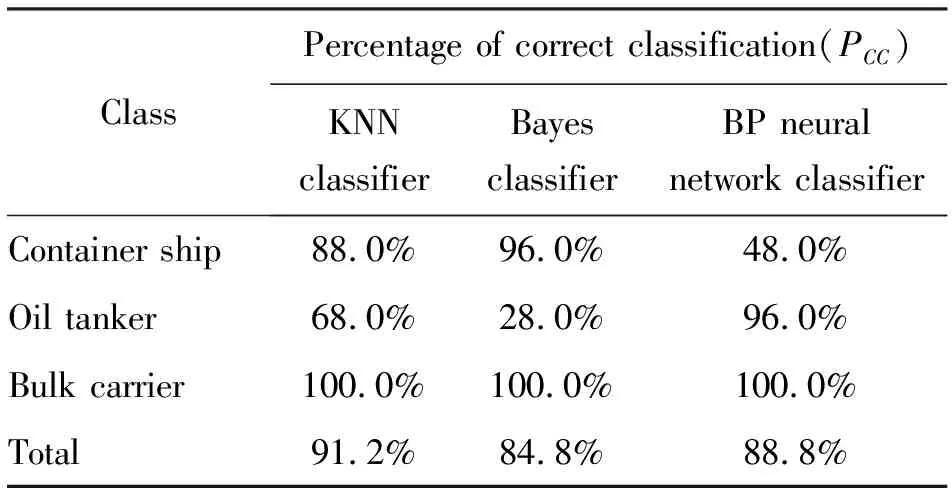
Tab.1 Recognition precision of individual classifiers
Intuitively,classifier combination is warranted if the classifiers do not make coincident errors.For measuring the diversity of classifiers,the probability of two of the three classifiers being wrong is computed for each pair.Tab.2 shows the results of computing the double misclassification measure.The worst case is that the KNN and the Bayes are both wrong about oil tanker target with a probability of 0.360.The probability of any other two classifiers both being wrong is low.Thus,enough diversity is present to warrant a classifier combination approach.
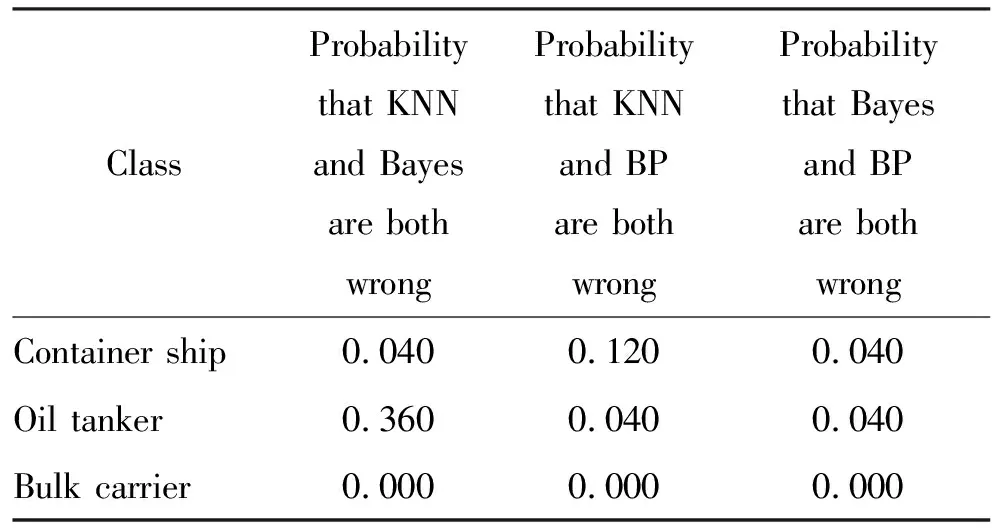
Tab.2 Pairwise diversity measure
4.2 Performance of combination classifier
As random selection of data from run to run could bring variation,a test must be developed so that each classification system sees the exact same training data over s series of experiments.In these experiments,there are 60% of samples (30 samples about container ship,30 samples about oil tanker and 90 samples about bulk carrier) selected as training and the rest 40% of samples selected as testing.So there are 150 training and 100 testing vectors total for each experiment.
Tab.3 shows the results of ship recognition.We note that the nonlinear combination schemes have a higherPCCthan the linear combination schemes and the best individual classifier,which is the KNN classifier.The proposed SVM combination classifier has the highestPCC(95%),which is 1% higher than the BP combination classifier.Besides,the time of the SVM combination classifier is about a half of the BP combination classifier.

Tab.3 Experimental results of ship recognition
To verify that the proposed SVM combination schemes improves thePCC,we perform an analysis of the process of SVM combination classifier.Fig.3,Fig.4 and Fig.5 show the output of the three individual classifiers.In these figures,x-coordinate signifies the serial number of samples,no.1~20 are samples of container ship,no.21~40 are samples of oil tanker and no.41~100 are samples of bulk carrier;y-coordinate signifies the measurement that the sample belongs to the class.Form fig.3,we see that 4 samples of container ship (no.7,11,12,16) are misclassified as oil tanker,while 4 samples of oil tanker (no.23,28,29,37) are misclassified as container ship.From fig.4,we see that 17 samples of oil tanker (no.21,22,24~31,34~40) are misclassified as container ship.Form fig.5,we see that 5 samples of container ship (no.5,8,12,16,17) are misclassified as oil tanker,2 samples of oil tanker (no.29,37) are misclassified as container ship and a sample of bulk carrier (no.91) is misclassified as container ship.

Fig.3 Output of KNN classifier
Fig.6 shows the recognition results of SVM combination classifier.3 samples of container ship (no.12,16,17) are misclassified as oil tanker and 2 sa mples of oil tanker (no.29,37) are misclassified as container ship.Note that some samples which are misclassified in individual classifiers are classified correctly.Because the combination of multiple classifiers adds new information,the performance of classification is improved.Therefore,the effectiveness of SVM based multiple classifier combination method is validated.
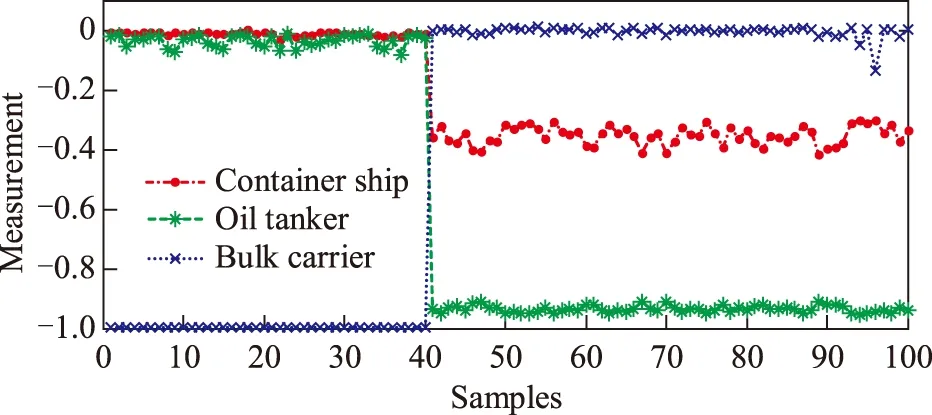
Fig.4 Output of Bayes classifier
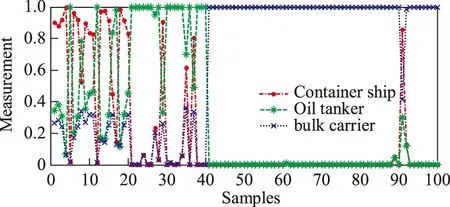
Fig.5 Output of BP neural network classifier
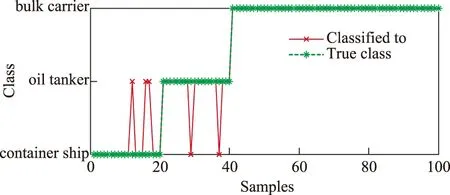
Fig.6 Recognition results of SVM combination classifier
5 Conclusions
In this paper,a nonlinear classifier combination approach based on SVM is proposed.Three individual classifiers including KNN,Bayes and BP neural network are utilized as basis classifiers and a SVM is used as combiner.Extensive experiments have been carried on the TerraSAR-X data set,and compared with individual classifiers and other combination rules,the results validates that the proposed multiple classifier combination algorithm improved the percentage of correct classification.Because the proposed multiple classifier combination algorithm spends more time than some individual classifiers,such as KNN and Bayes,we should consider how to reduce the cost with high percentage of correct classification in further research.
:
[1] ROBERT K.Classification of SAR ship images with the aid of a syntactic pattern recognition algorithm[D].Canada:Defence Research Establishment Ottawa,1991.
[2] ANDREW T,ROBERT K.Fuzzy classification algorithms applied to SAR images of ships[D].Canada:Defence Research Establishment Ottawa,1995.
[3] HOSSAM O,LI P,STEVEN D B,et al.Classification of ships in airborne SAR imagery using backpropagation neural networks[C].Radar Processing,Technology and Applications II,1997:126-136.
[4] WANG J,XU Y,ZHANG X L.The active appearance model with applications to SAR target recognition[C].Proceedings of the 2009 International Symposium on Information Processing,Huangshan,2009:144-146.
[5] LIU X K,BAOFA,WANG,et al.Modified nearest neighbor fuzzy classification algorithm for ship target recognition[C].2011 6th IEEE Conference on Industrial Electronics and Applications,2011:2254-2258.
[6] SALAMON P,HANSEN L K.Neural network ensembles[J].IEEE Transactions on Pattern Analysis and Machine Intelligence,1990,12:993-1001.
[7] DUINR P W.The combining classifier:To train or not to train?[C].International Conference on Pattern Recognition,Quebec City,Canada,Aug,2002:765-770.
[8] ZHANG D H,SUN B,WANG P,et al.Multi-classifiers fusion algorithm of adaptive weight adjustment[J].Computer Engineering,2008,34(10):28-32.
[9] CHRISTOPHER M P,ALIREZA K.Maritime ATR using classifier combination and high resolution range profiles[J].IEEE Transaction on Aerospace and Electronic Systems,2011,47(4):2558-2573.
[10] YAN X F,GE H W,YAN Q S.SVM with RBF kernel and its application research[J].Computer Engineering and Design,2006,27:1996-1997.
[11] ZHOU L.Feature extraction of target chips in SAR images[D].Changsha:National University of Defense Technology,Changsha,2007.
[12] WANG Y M,QIN Y Y,AN J W.Target recognition in SAR images based on feature vector[J].Computer Engineering and Applications,2008,44(30):186-188.

